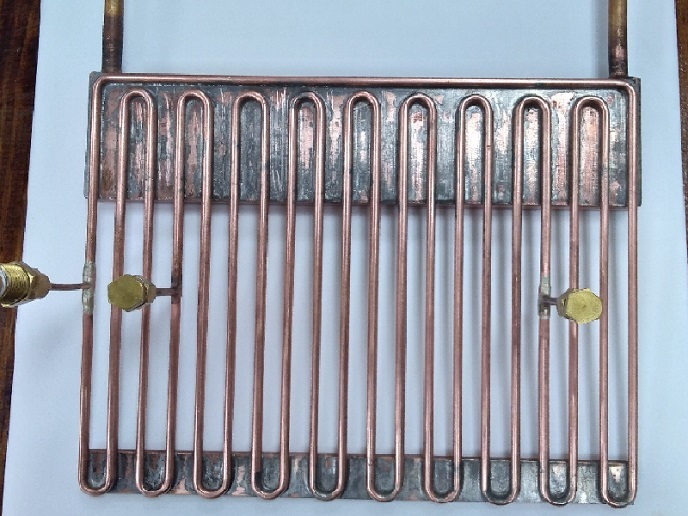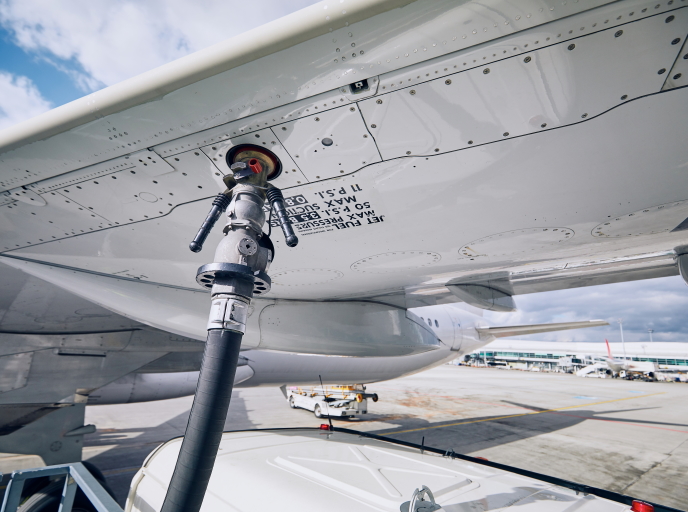Pulsating heat pipes are no longer a ‘black box’
Aircraft flying on fossil fuels have a tremendous environmental impact. The EU is committed to achieving climate-neutral aviation, and the move towards all-electric aircraft is already underway. In the meantime, more electric aircraft are taking flight. As anyone with a laptop can attest, electronic equipment generates heat and requires an efficient thermal management system. With hybrid propulsion, as more and more electrical components are integrated, the need for cooling increases. An unconventional heat exchanger configuration, the pulsating heat pipe(opens in new window) (also called an oscillating heat pipe), could be the answer. Invented in the early nineties, it is relatively simple, easy to manufacture and very efficient at managing extremely high heat fluxes. However, its unique shape and mode of operation result in very complex physical phenomena, and until today there were no engineering tools available to simulate its performance. The EU funded PHP2(opens in new window) project has created a large database of experimental results and tools to enhance understanding and support industry in the predesign phase.
Pulsating heat pipes: a new direction for thermal management
Heat pipes are composed of a tube containing a fluid (water or refrigerants) that evaporates when heated by the source. In conventional heat pipes, the vapour created at the heat source moves through the tube and condenses at the cold source. The resulting liquid then returns to the heat source by gravity or capillary action. There are separate paths for the vapour and the liquid. According to project coordinator Gaëlle Mouret of Capgemini Engineering(opens in new window), “pulsating heat pipes are loops in a sinusoid configuration partially filled with a liquid and partially with vapour. There is still evaporation at the heat source and condensation at the cold source, but the vapour bubbles and the liquid are mixed. The state change of the fluid creates non-equilibrium pressure changes at the microscale, causing the bubbles to oscillate.” Without tools to simulate performance, industrial stakeholders faced a barrier to design. This is no longer the case.
Comprehensive modelling tools from complex experimental data
Pulsating heat pipes have been studied and developed primarily in the realm of academics. Creating successful prototypes was quite challenging, with many initial designs failing. In the end, 10 working prototypes supported an extensive experimental campaign whose resulting database was used to develop and validate two predesign tools. PHP2’s 1D physical model enables detailed simulation of the dynamic behaviour of pulsating heat pipes. A given computation takes about an hour. “Based on a broad experimental campaign, we created a reduced mathematical model leveraging machine learning, trained with the experimental database and validated with the 1D physical model. With 11 input parameters, it computes the performance of a pulsating heat pipe (i.e. its thermal resistance) in less than one second with an error of about 20 %, far exceeding our original goal of 50 %,” Mouret explains. The use of fuel cells in aeroplanes for more electric aircraft will require advanced thermal management. “Pulsating heat pipes are a promising cooling technology for more electric aircraft. PHP2’s predesign tools and experimental database will push pulsating heat pipes from the realm of academic studies to use in industrial projects, supporting cleaner, greener air transport,” Mouret concludes.







